Learn all about the fun, whimsical stephania tetrandra vining plant! This guide covers care needs, growth habits, and how to find one of these unique plants for your home.
Are you looking to add an unusual, eye-catching plant to your indoor garden? If so, you’ll definitely want to check out the stephania tetrandra, also known as the cat’s claw climber or snake plant climber. This unique vining plant has some really interesting traits and growth habits that make it stand out.
With its long, twisting vines covered in distinct leaf nodes and tendril-like stems, the stephania tetrandra looks like something straight out of a Dr. Seuss book! But beyond its funky appearance, this plant is also incredibly easy to care for and can thrive indoors for many years with the right conditions.
In this guide, we’ll cover everything you need to know about growing a stephania tetrandra as a houseplant. That includes care requirements, fun facts about its growth habits, and where to find one of these special plants for your own home. Let’s get started!
What is a Stephania Tetrandra?
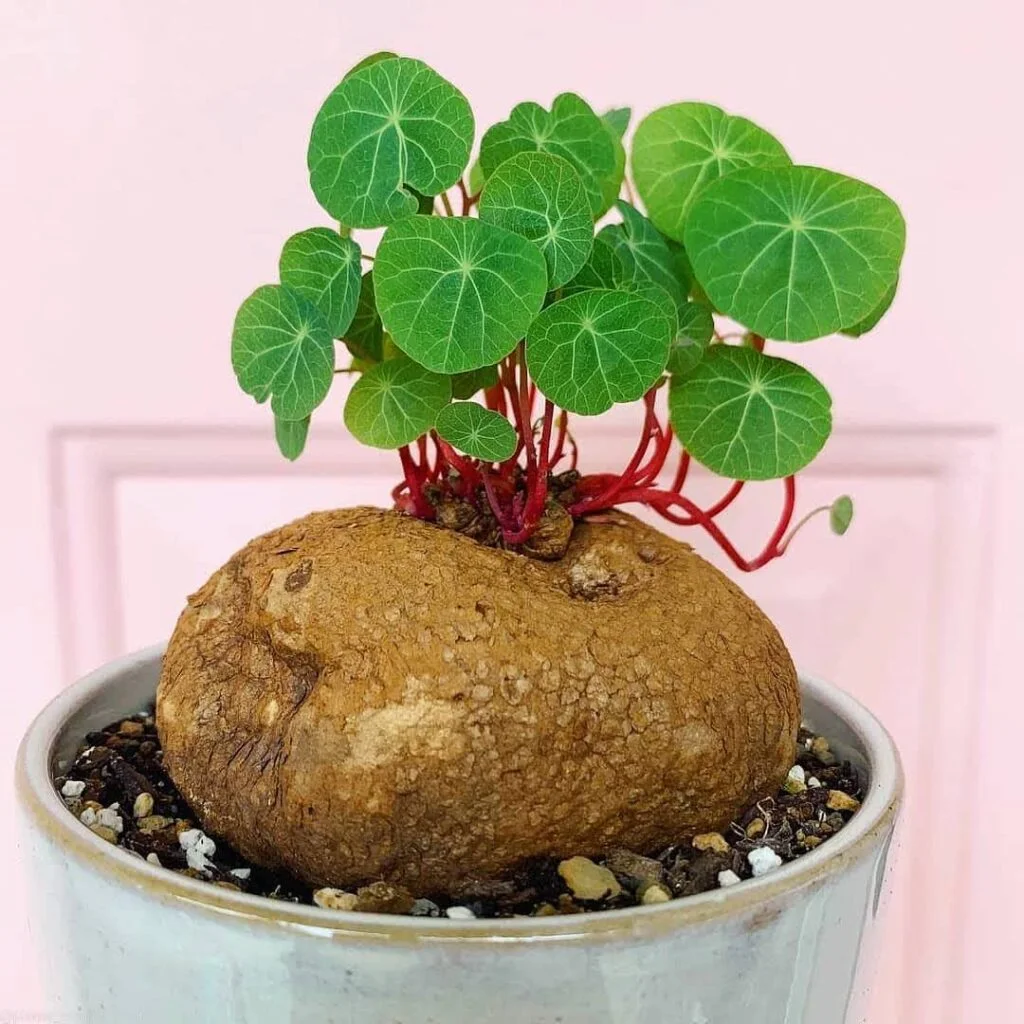
The stephania tetrandra is a type of perennial flowering vine that’s native to parts of Asia like Thailand, Malaysia, and Indonesia. In its natural habitat within the tropical forests, it can climb up trees and structures with its twisting, tendril-covered vines reaching up to 20 feet long!
As a houseplant, however, the stephania tetrandra typically stays much smaller at around 3-6 feet in length when grown in a hanging basket or with support. It’s technically considered a semi-succulent, meaning the stems have the ability to store water like a cactus but the leaves remain thin and flexible.
One of the coolest traits of this vining plant are the unique leaf nodes along the twisting green stems. Each leaf node has a distinct pattern of curved tendrils and crimped leaves that give the plant an almost mechanical or alien-like appearance. Some people say it even looks like the “arms” from a hanging Air Plant!
The leaves themselves are long, narrow, and elliptical in shape with wavy, crinkled edges. Newer leaves emerge bronze or purple in color before maturing to a deep green shade. And under the right conditions, mature stephania tetrandra plants may produce intricate clusters of tiny white or pinkish flowers too.
Overall, it’s a truly fascinating and low-maintenance plant variety to add to your indoor plant collection. With just some basic care, the stephania tetrandra will quickly become the star of any well-lit room!
How to Care for a Stephania Tetrandra
Since the stephania tetrandra is a semi-succulent vining plant, its care needs are quite simple and straightforward. Just follow these tips:
Light:
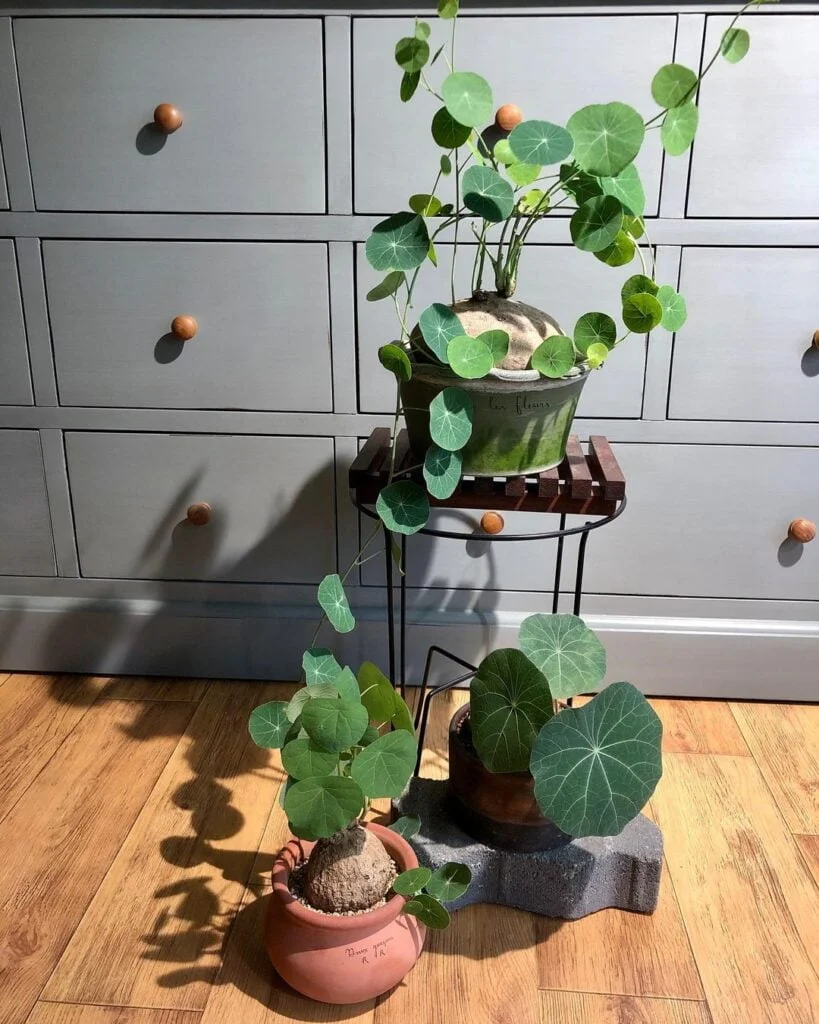
Bright, indirect light is ideal for encouraging lush, compact growth. An eastern or western window works well. Avoid direct midday sun as it can scorch the leaves.
Water:

Allow the top 2-3 inches of potting mix to dry out between waterings, then thoroughly soak the soil until excess moisture drains from the bottom. This helps prevent root rot.
Soil:
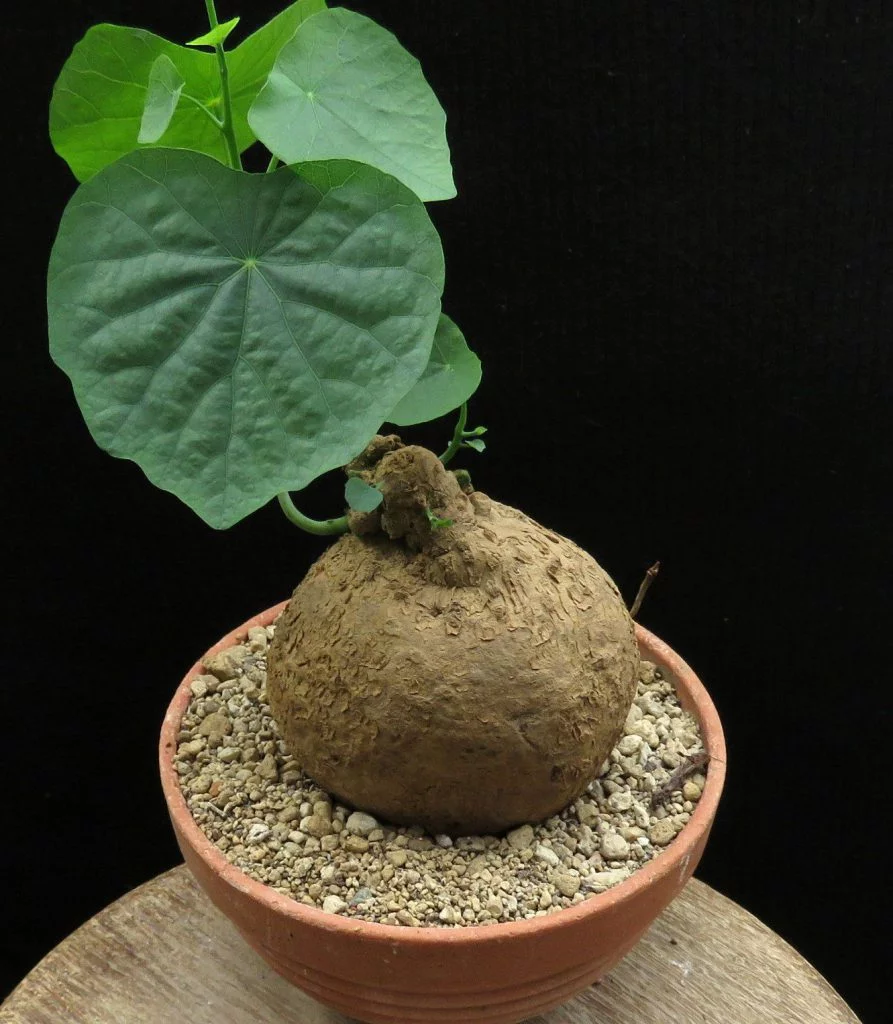
A well-draining potting mix is a must to avoid soggy soil. An African violet blend or one made for orchids and succulents works great. Or make your own mix with peat moss, perlite, and bark.
Fertilizer:

Feed monthly during the spring and summer growing season with a balanced, water-soluble fertilizer diluted to half strength. No fertilizer is needed in winter.
Temperature:
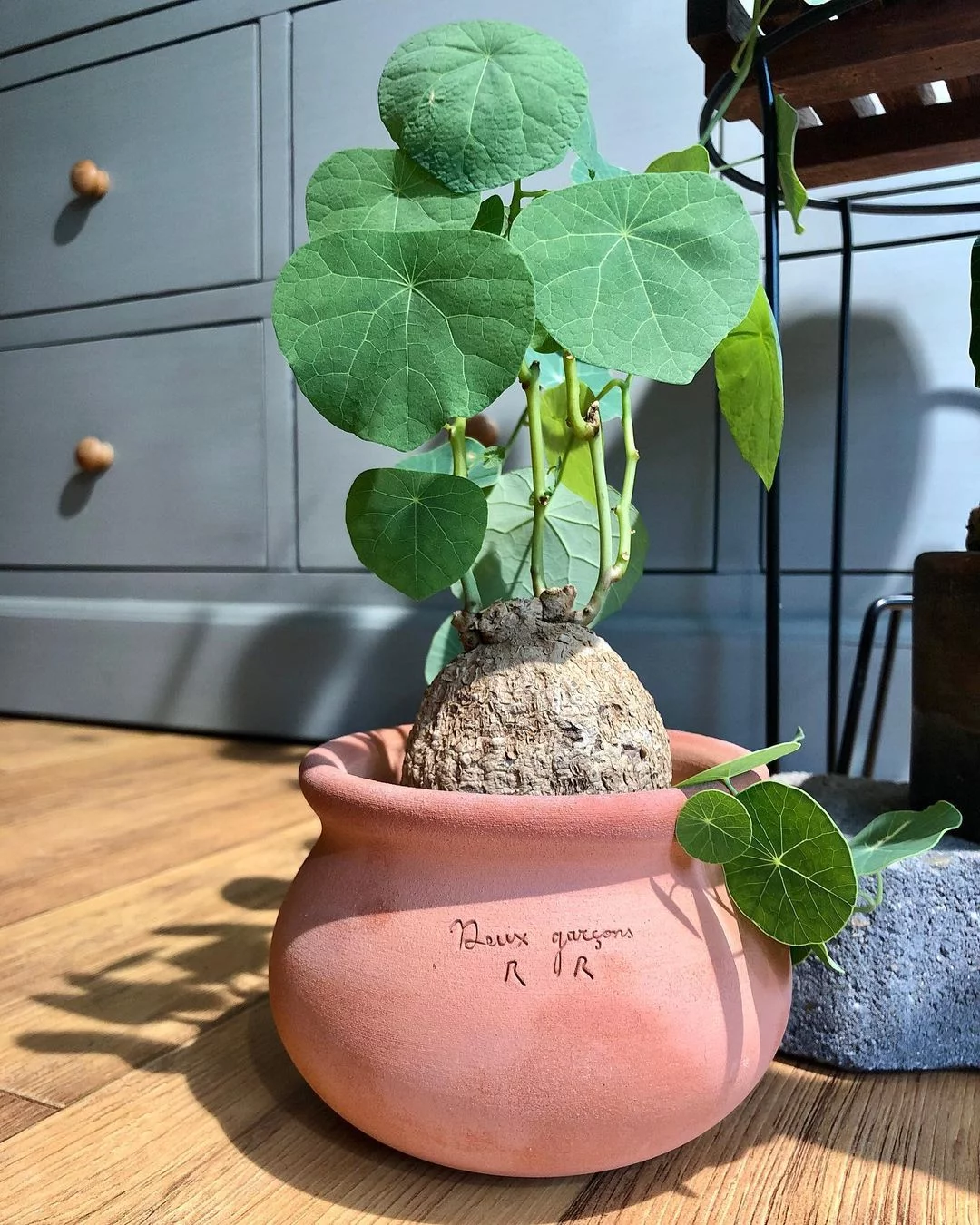
Stephania tetrandra prefers average household temperatures between 60-80°F. Avoid letting it get colder than 50°F or the growth will slow significantly.
Humidity:
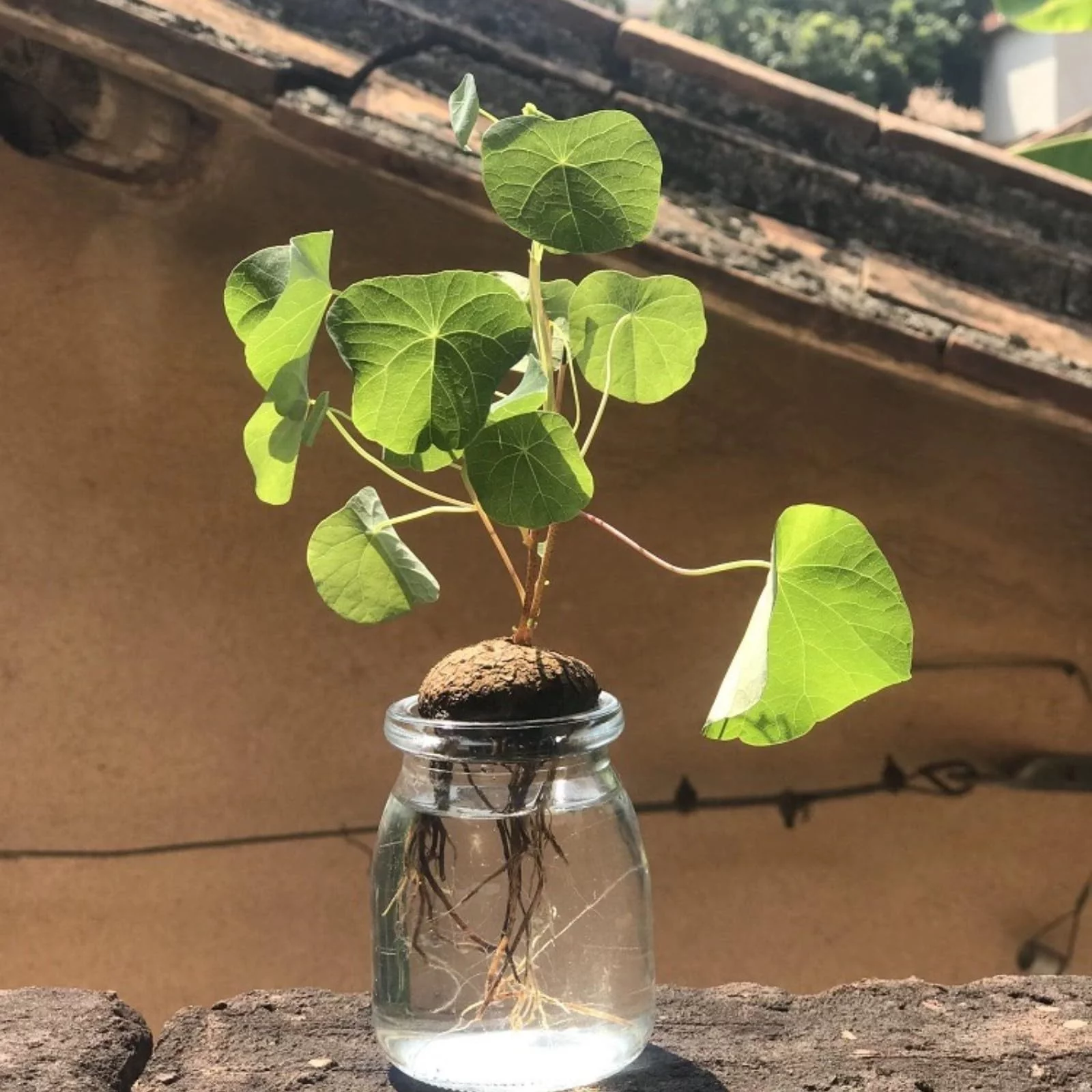
While it can tolerate typical household humidity levels, stephania does appreciate a little extra moisture in the air. Use a pebble tray or light misting as needed.
Pruning:
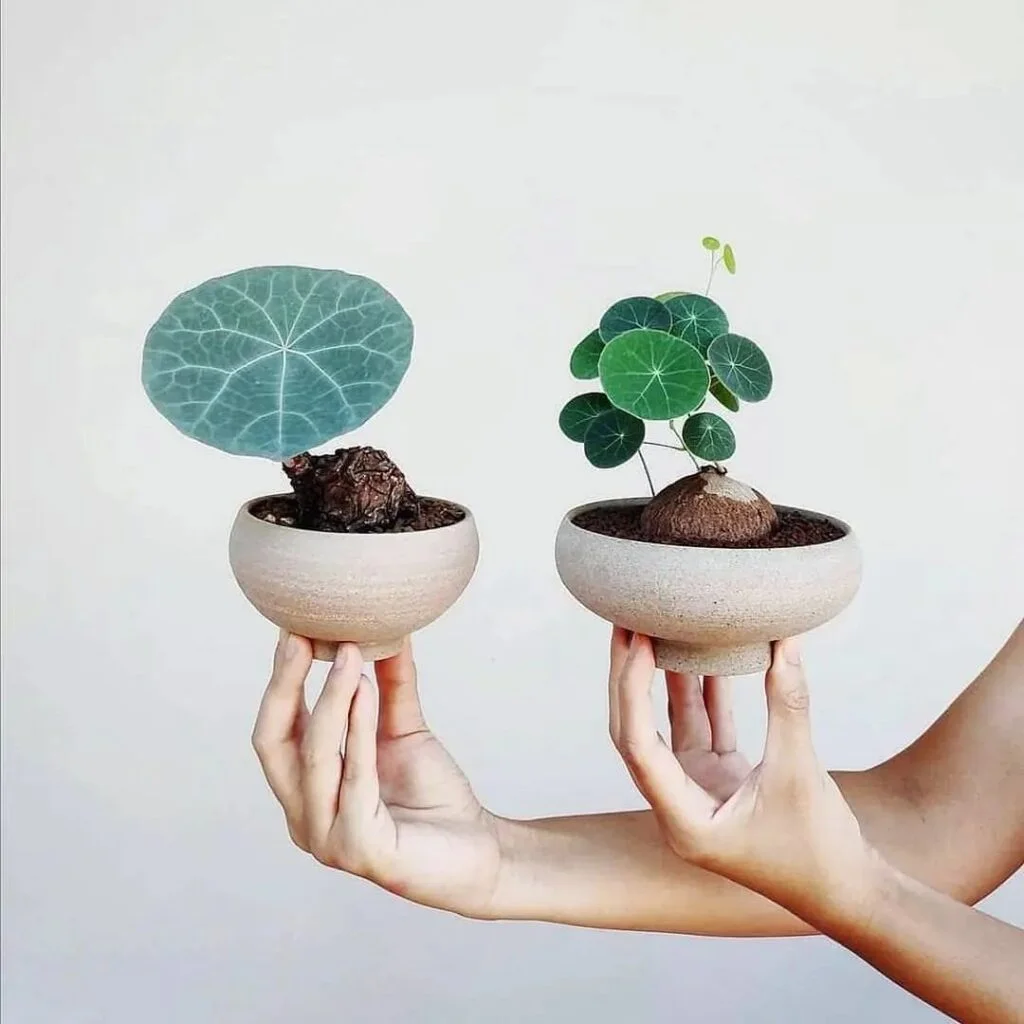
Clean up any dead or damaged vines by pruning back to the leaf node. You can also trim back overgrown, unruly vines occasionally to maintain the plant’s shape.
Support:
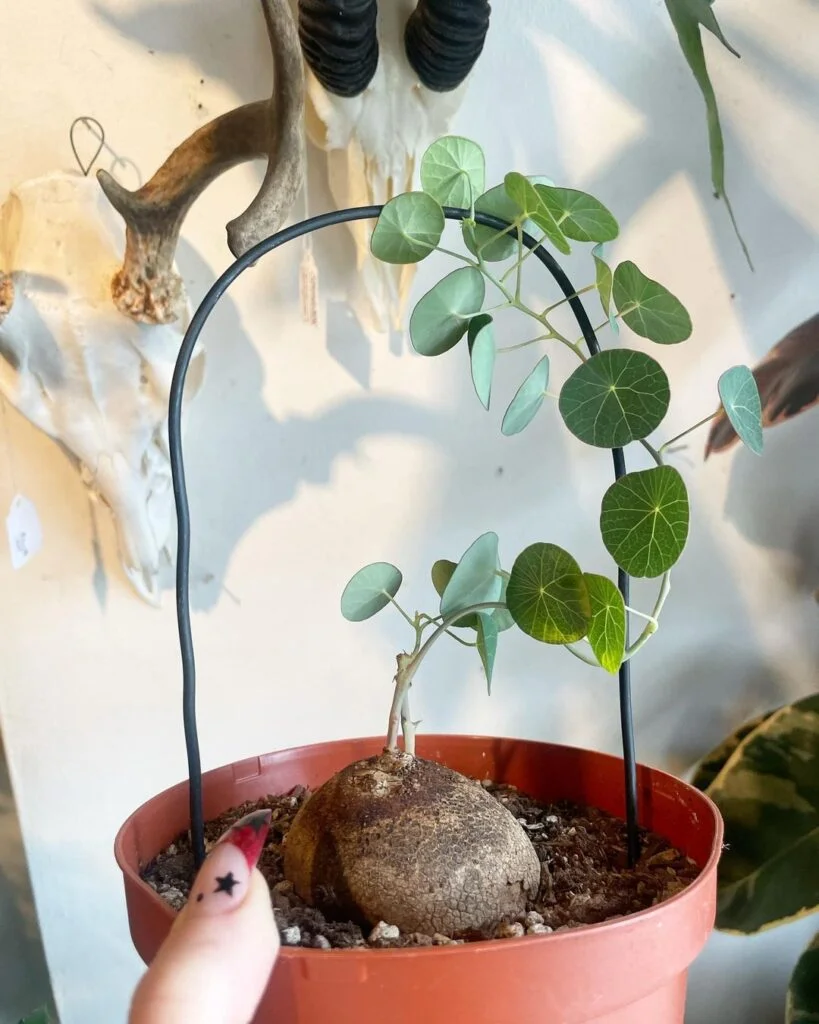
With its long, twining vines, the stephania tetrandra looks incredible when allowed to climb up a trellis or stake. A hanging basket also shows off the trailing growth nicely.
With its tolerance for some dryness and ability to store moisture in its stems, the stephania tetrandra is very resistant to underwatering. Just be sure not to overwater and rot out the roots! Otherwise it’s a very low-maintenance, forgiving houseplant.
Propagating Stephania Tetrandra

Another fun aspect of growing the stephania tetrandra is how easy it is to propagate from cuttings. You can quickly turn one plant into many to share with friends or add to your indoor garden! Here’s how:
To propagate from cuttings, simply snip off a healthy 4-6 inch section of vine, removing the lower leaves and leaf nodes. Allow the cut end to callous over for a few hours.
Then, you can either stick the cutting directly into a small pot filled with fresh potting mix and enclose it in a plastic bag to boost humidity around the cutting. Or for better odds, dip the cut end into a rooting hormone powder first.
Within 4-6 weeks, you should start to see new growth sprouting from the leaf nodes, indicating that roots have formed. At that point, you can cut away the plastic bag (if used) and begin caring for your new plant normally.
Where to Find a Stephania Tetrandra Plant
With its fun, funky looks and easy-care nature, the stephania tetrandra is gaining popularity as a trendy new indoor plant variety. But it can still be a bit tricky to find at local nurseries.
Your best bet is to check online retailers that specialize in rare and unusual plant varieties. You may be able to find rooted cuttings, starter plants, or even mature hanging baskets available for purchase. Expect to pay around $10-30 or more depending on the size of the plant.
Look for plants with bright green, unblemished foliage and a healthy, well-established root system when selecting a stephania tetrandra. Mature vines are very sensitive to transplant shock, so providing proper care right away is essential.
You could also network on social media houseplant groups and see if any local members have some rooted cuttings to share or trade with you. These unique vining plants do particularly well when propagated from established plants.
No matter where you find yours, adding a stephania tetrandra (or two!) to your indoor garden will definitely grab some attention and spark comments! Just be sure you have plenty of vertical space for this fascinating plant’s trailing vines to climb and grow. A decorative trellis or hanging planter is the perfect support.
So if you’d like to introduce a little whimsy and botanical intrigue to your indoor space, give the stephania tetrandra plant a try. With its distinctive looks and easy care requirements, it’s sure to be a unique, eye-catching addition that you’ll enjoy for many years to come!
Pingback: https://gardenersschool.com/all-about-the-steph...
Pingback: How to Grow and Care for Song of India – Dracaena reflexa -
Pingback: All About the Stephania Tetrandra: A Unique Vin...
Pingback: Blooming Beauties: 20 Flowers That Start with E -
Pingback: 20 flowers that represent peace | flowers that symbolize peace -
Pingback: Hidden Benefits of the Stephania Plant - Gardeners school
Pingback: How to Grow and Care for Thai Constellation Monstera -
Pingback: Philodendron Micans Care Guide - Gardener's School